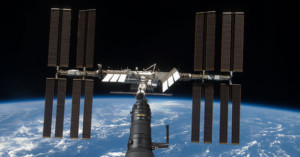
James Webb Photographs Ancient, Massive Galaxies That Shouldn’t Exist
The James Webb Space Telescope (JWST) has been used to identify six galaxies that potentially emerged extremely early in the universe’s history and are so massive they should not be possible under the current cosmological theory.























